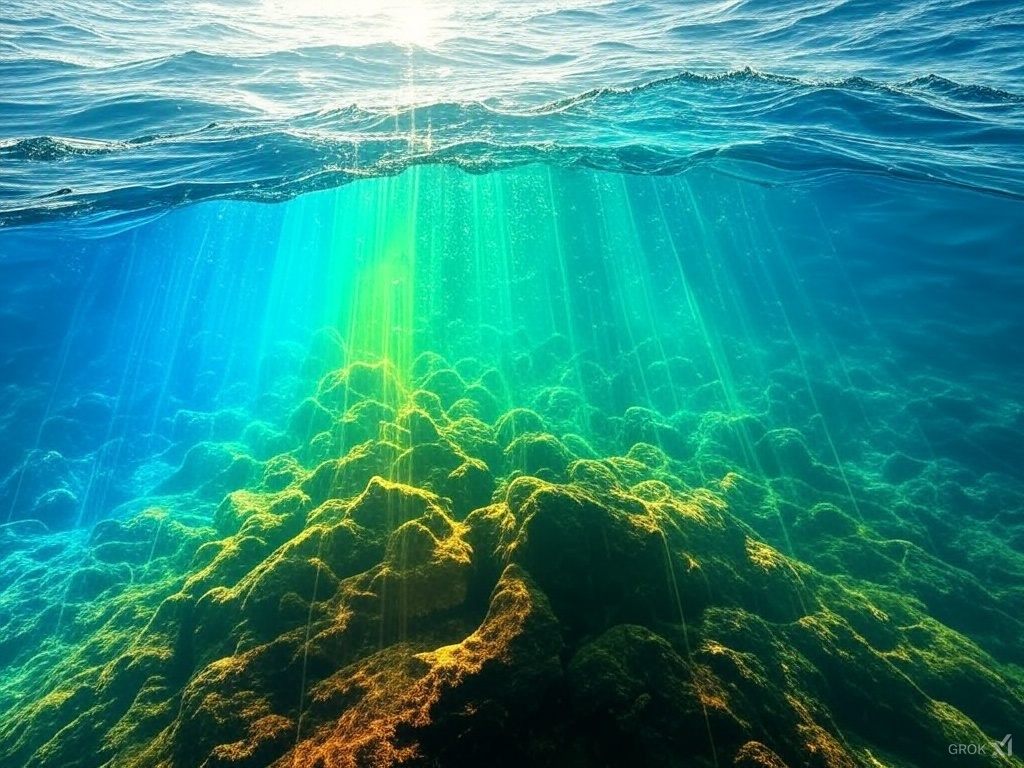The Science of Light, Color, and Scuba Diving
TheScubaDirectory ⋅ March 26, 2025

Why Colors Disappear Underwater – And How to Bring Them Back!
Ever noticed how everything looks blue-green when you’re scuba diving? Or how that bright red fish turns brown the deeper you go? That’s not your mask playing tricks on you – it’s science! Understanding how water absorbs light can help you make sense of the ocean’s shifting colors and take better underwater photos and videos.
Why Do Colors Fade Underwater?
Sunlight is made up of different colors, each with its own wavelength. As light enters the water, it gets absorbed and scattered, with some colors disappearing faster than others.

Red goes first – gone by around 5 meters (16 feet).
Orange follows at around 10 meters (33 feet).
Yellow disappears by 20 meters (66 feet).
Green and blue stick around the longest, making deep water look mostly blue.
This is why the underwater world often looks like a blue paradise – because those are the wavelengths that travel the farthest.
How Can You Fix This?
Use a dive light: Bringing your own light source helps reveal the actual colors of marine life.
Try color filters: Red or magenta filters can help balance out the missing wavelengths when shooting without artificial light.
Try Color Correction on TheScubaDirectory: Restore natural colors lost underwater with 1 click.
